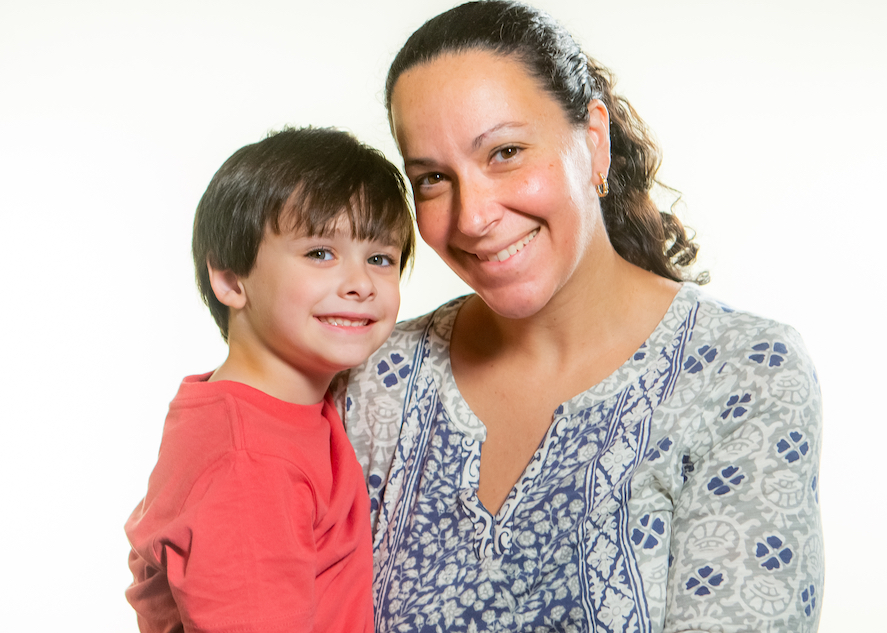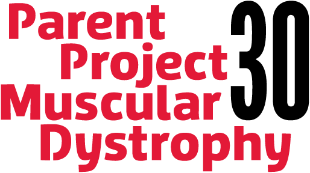
For females living with dystrophinopathy (the spectrum of diseases caused by mutations in the DMD gene), the disorder has not been historically characterized effectively.
To address this need, PPMD provided a grant to Nationwide Children’s Hospital to initiate a first-of-its-kind carrier study and investigate these issues in a cohort of more than 200 females over a period of three years.
The first results from the cardiac portion of this study have been published in the International Journal of Cardiology, including recommendations for evaluation and continued care, as well as other surprising findings.
The cardiac study included:
- 77 mothers of sons with Duchenne who had confirmed dystrophin mutations
- 22 mothers of sons with Duchenne who did not have dystrophin mutations
- 25 mothers who did not have sons with Duchenne (control subjects)
All subjects participated in cardiac magnetic resonance imaging (cMRI) and cardiopulmonary exercise testing.
Findings:
- Fibrosis: 49% of females with dystrophinopathy had fibrosis on cMRI, compared with 5% of females without dystrophinopathy
- T1 Mapping on cMRI: T1 mapping is part of a cardiac MRI. It uses contrast to identify diseased cardiac tissue before the tissue becomes fibrotic (changes to scar tissue) and before heart function begins to worsen (as shown by decreases in the left ventricular ejection fraction or LVEF). In this study, T1 values increased with age and were significantly higher in females with dystrophinopathy.
- Irregular heart rhythms after exercise: Heart rates and rhythms were checked during and after the exercise test:
- All subjects experienced normal heart function, rate, and rhythm during exercise
- During the recovery phase after exercise, 25% of the mothers with dystrophinopathy had irregular heart rhythms (“recovery ventricular ectopy,” or RecVE)
- One mother without dystrophinopathy experienced the same; there were no findings in the controls
- Exercise: The maximal volume of oxygen (Peak VO2) required during peak exercise reflects the ability of the skeletal muscles to function effectively during exercise. The peak VO2 was no different in females with or without dystrophinopathy. This suggests that females with dystrophinopathy manifests as predominately cardiac, rather than a skeletal, muscle disease.
- Predictors of cardiac fibrosis: RecVE and high CK levels were found to be independent predictors of fibrosis (the presence of RecVE and high CK correlated with findings of fibrosis). Age was also found to be an independent predictor of fibrosis. By age 45, a female with dystrophinopathy has a 50% chance of having fibrosis in her cardiac muscle.
- Serum CK levels: CK is released into the blood when skeletal muscle is damaged. Higher serum CK levels in females with cardiac fibrosis suggests that greater systemic disease severity may be the cause for greater cardiac disease.
Recommendations for care include:
- Genetic testing for females who are at risk for dystrophinopathy
- Consideration for cardiac MRI beginning in the third decade of life to evaluate for the presence of underlying cardiac disease.
We are proud to fund this study and congratulate the authors on their publication. We hope that by learning about females with dystrophinopathy, we can better care for all who live with Duchenne.



 by: Parent Project Muscular Dystrophy
by: Parent Project Muscular Dystrophy

